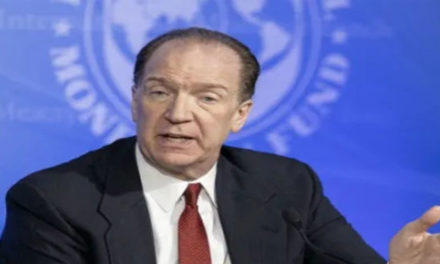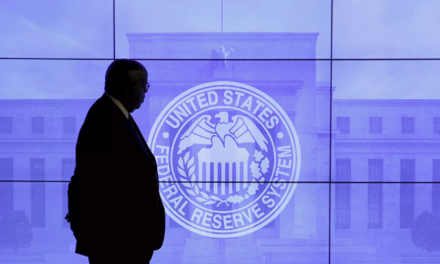During February, the increase in job growth almost stopped as payrolls increased up to 20,000 and the unemployment rate falling to 3.8 percent. This was reported last Friday by the Department of Labor.
It has been declared to be the worst month in terms of job market since September 2017 wherein two hurricanes had significant impacts on the employment rates despite the unexplainable substantial wage hikes.
The February rates were not able to live up to the generous prediction of 180,000 by economists questioned by Dow Jones. The projected unemployment rate was 3.9 percent in comparison to the 4 percent rate from January.
The National Economic Council director under the administration of President Donald Trump, Larry Kudlow said in an interview that the rates are “very fluky.”
On the other hand, the unemployment rate declined as the Labor Department utilizes to solve for the headline number. As seen in the household survey, an additional 198,000 was observed to not belong in the working force, while the people who were determined to be unemployed decreased by 300,000. The number of those considered to be employed was also observed to have declined by 45,000.
The “real” rate of unemployment has gone down from January’s 8.1 percent to February’s 7.3 percent. This rate is considered to be more encompassing because it takes into account the discouraged employees and part-time workers who work due to economic reasons. The percentage of people who are part-time employees rose by 837,000 to 4.3 million all while people who are completing jobs that were temporarily decreased by 225,000. An official from the Labor Department points out the reasons for these are due to the shutdown of government offices which was only completed by the end of January.
Senior economist, Ben Ayers, at Nationwide emphasized that the low figures for employment reflected in February does not directly affect the narrative of the labor market itself. He also said that the three-month job gain rates are still stable and the data from the conducted survey does not reflect the continuous demand of employees by corporate companies.
Comparisons of the rate among significant groups of workers were also made. The unemployment rate for Hispanics displayed a sharp decrease of 4.3 percent from January’s 4.9 percent. The data for white Americans also suggests a reduction from 3.5 percent to 3.3 percent. However, the figures for African-Americans shows an increase in the unemployment rate by two-tenths of a point, adding up to a total of 7 percent.
There was also other pleasant news that was reported. The hourly wage of employees has risen by 3.4 percent over the years, making it the best economic recovery in 10 years. There was also a 1.5 percent hike in all urban buyers’ consumer price index from January of 2018 to January of 2019. Expert economists have predicted a 3.2 percent increase in the wage.
State Street’s global macro strategist Marvin Loh explained how the shocking headline shows a declining trend considering the rates from six to nine months prior. Additionally, he said the growth in wage and the expectation that the low jobless rates will cause salaries to grow is still present.
Policymakers from the Federal Reserve have been keeping an eye on the data related to inflation, paying particular regard to wages. Officials from the Central Bank have also declared how they are planning to observe the data for some time before concluding on the rates of interest in the future.
A senior investment strategist from Allianz Investment Management, Charlie Ripley, also explained how the wage rates are suspicious for the Federal Reserve. He added that the Fed is probably calmly waiting and sitting back until the data have been absorbed and studied.
Construction Industry’s Impact on Job Creation
Some of the industries with most contribution to the job creation are from the business and professional services with 42,000 vacancies, the health care with 21,000 and the wholesale trade with 11,000.
On the flipside, there were no changes in the industry of leisure and hospitality. Government positions observed a decrease in 5,000 of its employees while the construction industry lost 31,000.
The officials from the Federal Reserve have also noticed a deceleration in the growth rate, which can be attributed to the messy Brexit, the weakening investments and the housing market in the U.S., and the weakness in the Chinese economy.
A report last Friday has shown an 18.6 percent increase in housing since the last month of 2018. This gives the housing market some hope after the slump in 2018. In addition to this, an increase to 1.4 percent of building permits was observed.
The actual state of the economy for the first quarter of 2019 has proved to be difficult to see because of the issues brought about by the government shutdown which finished in the last days of January. Wall Street and most economists have used nonfarm payrolls as a measurement for growth since most government documents and reports were delayed.















